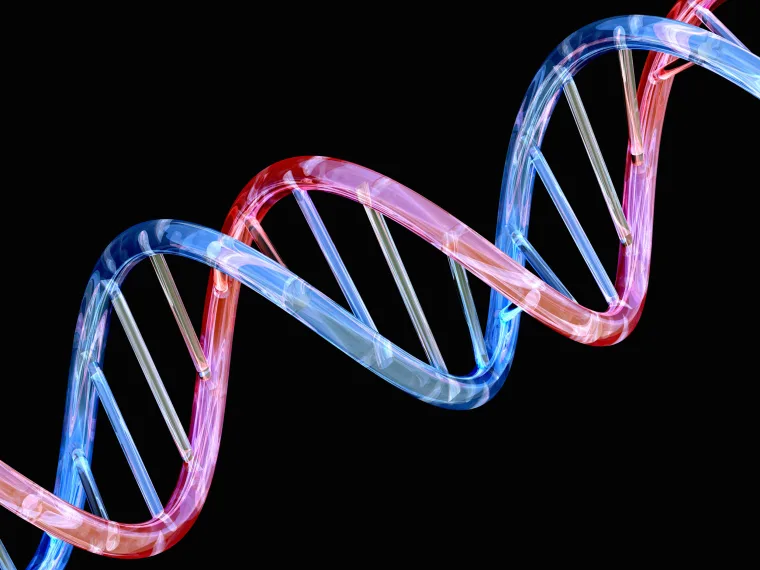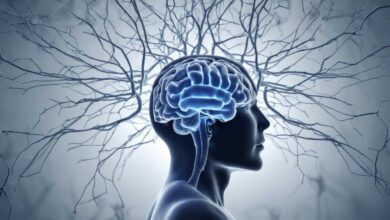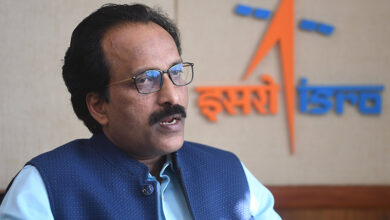
The question of Indian origins has been a topic of much debate, with theories ranging from the Arctic home theory to migration across the steppes and into South Asia. A recent genetic DNA study has shed new light on this subject, providing evidence that strengthens our understanding of Indian ancestry.
The vast diversity among India’s 1.4 billion population has always posed a challenge in tracing their origins. However, a new genomic research has identified three ancient groups as the roots of Indian ancestry, tracing back to a migration that started 50,000 years ago.
These ancestral groups are comprised of Iranian agriculturists, Eurasian Steppe pastoralists, and South Asian foragers. The study, which is yet to be peer-reviewed, was conducted by a team of researchers from institutions including the All Indian Institute of Medical Science (AIIMS), University of Michigan, Perelman School of Medicine, University of Southern California, and UC Berkley.

Genetic pool of Indians is a unique blend of Neanderthal and Denisovan DNA
In an unexpected turn of events, the genomic analysis revealed a diverse mix of genes from Neanderthals and their evolutionary relatives, the Denisovans. This finding is particularly intriguing given that no Denisovan fossils have been discovered in India to date.
The research also highlighted a significant demographic shift in India towards endogamy, a practice where individuals marry within their own community or group. This practice resulted in a high degree of genetic similarity among Indians.
The scientists analyzed ancient DNA from populations with Iranian roots that existed prior to the genetic influence in India. Through simulations, they identified the gene patterns in modern-day Indians that most closely resembled these ancient populations.
The closest match was found in the DNA of farmers from Sarazm, an ancient agricultural center located in what is now northwestern Tajikistan.
The study found that about 90% of Neanderthal genes identified in human populations were present in the genomes of the 2,700 individuals of Indian ancestry that were studied.
The paper stated, “Looking back over a long period, it appears that 1-2% of Indian ancestry can be traced back to intermingling with ancient human groups like Neanderthals and Denisovans.”
The research further corroborated that the majority of genetic variation in Indians can be traced back to a single major migration out of Africa that took place around 50,000 years ago.
The researchers concluded in the preprint paper, “These analyses offer an in-depth perspective on the population history of India and highlight the importance of extending genomic studies to diverse groups beyond Europe.”
You might also be interested in – India’s first-ever scientific exercise discovers 718 snow leopards, Ladakh boasts highest population



